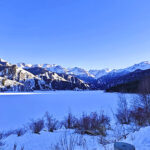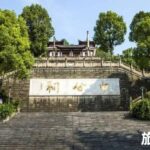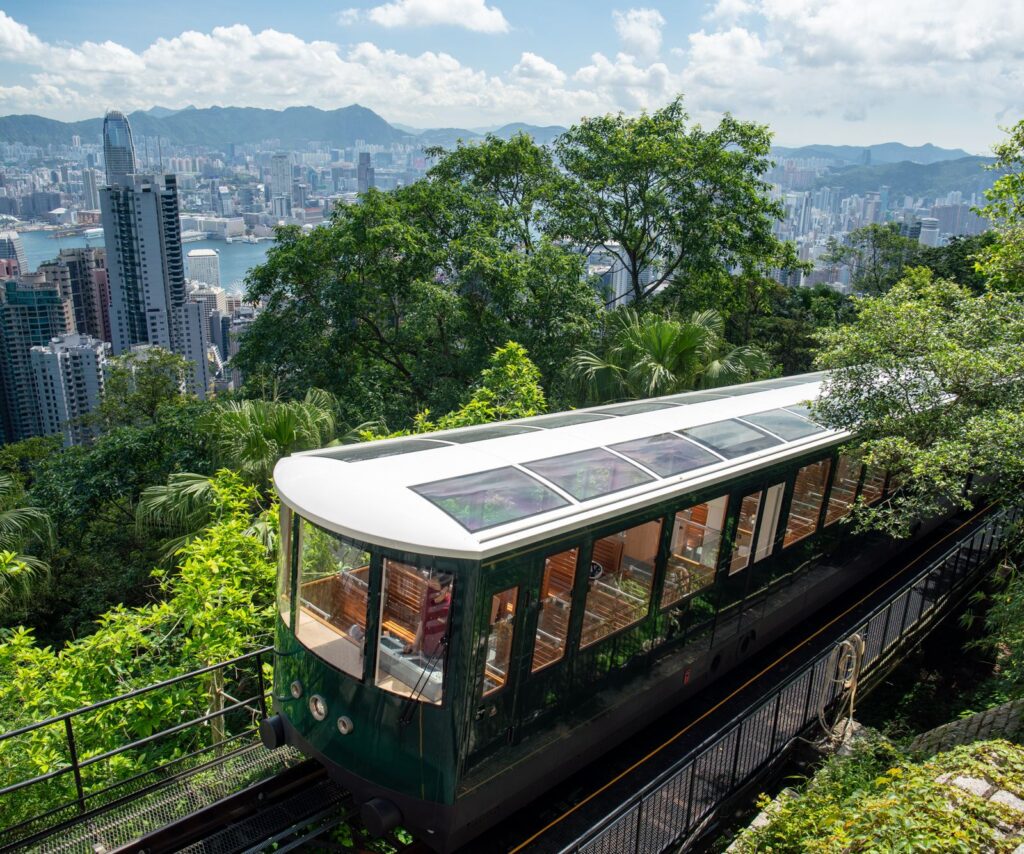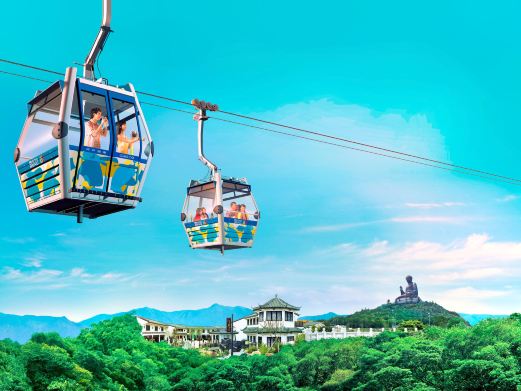Mount Hua, also known as ‘Xi Yue’, is located in Huayin City, Weinan City, Shaanxi Province, facing the Yellow River to the north and backed by the Qinling Mountains to the south. It is a national scenic spot.
The beauty of Mount Hua:
Mount Hua’s steep terrain features five main peaks: East, West, South, North, and Central, each far apart from the other, creating a unique geographical pattern. The winding mountain paths, towering peaks, clouds and mist, make it seem like a fairyland on earth.
The mountain’s scenery changes with each season. In spring, everything comes back to life with blooming wildflowers; in summer, the shade of green trees makes it cool and pleasant; in autumn, the forests are painted in vibrant colors; in winter, the mountain is covered in snow, creating a world of ice and snow. No matter when you climb Mount Hua, you can enjoy the breathtaking natural beauty.
The natural beauty of Mount Hua is undoubtedly a shining pearl among China’s mountain landscapes. Its steep, beautiful, and peculiar natural scenery attracts countless visitors to explore and admire.
The main peak of Mount Hua soars into the clouds, majestic and spectacular. Each peak seems to be a masterpiece of nature, showing a unique shape and temperament. Some peaks are as steep and dangerous as if cut by a knife, while others are as gentle and graceful as a blooming lotus, making people yearn for them. Under the sunlight, these peaks seem to be draped in a golden robe, showing a solemn and sacred aura.
The natural scenery of Mount Hua is not only reflected in the grandeur of the peaks but also in its rich vegetation and diverse ecological environment. The mountains are lush with trees and blooming flowers and plants, where various rare plants grow and reproduce. These plants not only add vitality and energy to Mount Hua but also provide visitors with a cool summer retreat.
In addition, the sea of clouds is also a major feature of Mount Hua. When the clouds and mist linger in the mountains, the entire Mount Hua seems to be in a fairyland. The clouds and mist shuttle through the mountains, sometimes gathering into clusters, sometimes drifting like smoke, giving a mysterious and dreamy feeling. Standing on the mountain top and overlooking the sea of clouds, it feels like being between heaven and earth, which is very refreshing.
The natural beauty of Mount Hua is not only a visual enjoyment but also a spiritual baptism. Here, people can feel the magic and charm of nature, and also experience the difficulty and joy of climbing. With its unique natural beauty, Mount Hua has become a business card of Chinese tourism.
The danger of Mount Hua:
Mount Hua has a steep terrain, with peaks soaring into the clouds, sheer cliffs, and cliffs lined up, forming a huge natural barrier. Walking on Mount Hua often requires climbing cliffs, crossing cliffs, and experiencing great excitement and challenges.
For example, Qian Chi Fang is a big crack on the cliff, trapped between the huge rocks on both sides, with more than 370 extremely steep steps, and the width of each step is only one-third of the palm. Fortunately, there are iron chains on both sides to help climb. Looking up at the sky, there is a blue sky; looking down at the foot, there is a deep abyss. The top of the stone steps is like a well, and if the ‘well’ is covered with an iron cover, the road to Mount Hua will be blocked, so it is called ‘Tai Hua Throat’.
Mount Hua’s hands hold the sky stone carvings.
The scenery of Mount Hua.
There has been only one road to Mount Hua since ancient times.
‘The pillar goes to the gorge and comes back, and the danger of the sky cannot be instantaneous. Although it is said that there is a hundred-foot gorge, there are thousands of feet in one foot.’ Passing Qian Chi Fang to the north is ‘Bai Chi Gorge’, which is the second dangerous place to climb Mount Hua. ‘Bai Chi Gorge’ is also called ‘Bai Zhang Cliff’, which is still a dangerous place with towering rocks, straight into the clouds, making people feel awe-inspiring. The two walls of the gorge want to close, but are propped open by two flying stones, and people pass under the stones, trembling with fear, afraid that the stones will fall from the two walls, which is the ‘shocking stone’. After passing this stone, the heart hanging is put down, and then looking back at the two stones originally stuck here, it is because the upper part is larger than the lower part, so it can be safe and sound, so this stone is also called ‘Ping Xin Stone’.
The mountain is majestic and steep, with towering cliffs and peaks so exquisitely beautiful that it has been acclaimed as ‘the most dangerous mountain under heaven’ and ‘the most perilous mountain in the world’ since ancient times. Mount Hua’sHan Yu’s poem has a description: ‘Suddenly the divine work is done, and the murderous spirit is seen on the edges and corners’.
Laojun’s furrow: ‘The plow is more dangerous than the pillar, and the pillar is more dangerous than the plow.’ This describes a deep and unfathomable groove-like dangerous road between the steep rock walls, with more than 570 stone steps. It is said that when the Supreme Old Man passed by here, he saw that there was no way to pass, so he plowed a mountain ditch with a green cow overnight. To this day, there is still a stone groove on the west cliff, which is as clear as a plow slot. At the end of ‘Laojun’s Furrow’ is ‘Hu Hou Chou’, as the name suggests, even monkeys are worried, which is enough to show how steep the cliffs are. After passing ‘Hu Hou Chou’, it is the North Peak of Mount Hua.
From the North Peak, after climbing the narrow and steep Ca Er Rock, you can reach the ‘Tian Sheng Ladder’. This place is connected to the Sun and Moon Cliff, which is one of the famous dangerous roads of Mount Hua. The ladder road is carved on the vertical rock, facing the deep abyss, and the stone steps are almost close to 90 degrees. Visitors here turn around and face the west to climb the ladder, only calm and peaceful, dare not look back. The turning place only leaves a place of a thread, which increases the difficulty of climbing. The people who go down the ladder also hang the rope on their back and grope the stone steps back step by step to avoid facing the deep abyss and feeling dizzy.
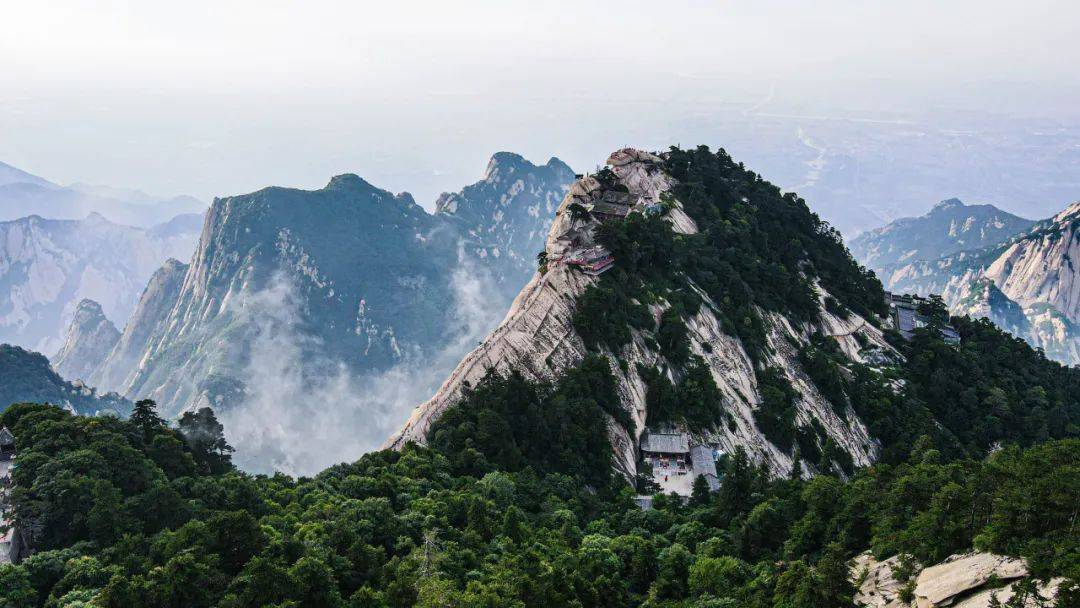
Canglong Ridge is a ridge-shaped ridge under the Wu Yun Peak, which is one of the famous dangerous roads of Mount Hua. It is named after the ridge is gray and looks like a dragon. The ridge is close to the deep ditch of Qingke Ping to the west and the Feiyu Ridge Gorge to the east. It is more than 100 meters long and less than three feet wide. The middle is protruding and the sides are shrinking. Visitors walk on it, and their hearts are swaying, as if they are in the clouds, which is very thrilling. Therefore, the story of Tang Han Yu crying for help here and throwing a letter was born, leaving the cliff carvings of ‘Han Tuizhi’s letter throwing place’ on the upper end of Canglong Ridge.
The ladder is more than ten meters high, and the angle with the ground is more than 90 degrees. The middle and upper part is protruding, showing the momentum of the inverted Kan cliff. There are three hanging ropes on the ladder, and visitors climb the ladder by holding the rope. The body cannot be close to the cliff wall, so it swings with the rope, which is shocking and shocking, as if it is climbing the cloud and driving the fog, hence the name ‘Ladder’.
The eagle turns over is one of the famous dangerous roads of Mount Hua. Its road is carved on the inverted Kan cliff of the East Peak. Looking down, you can only see the cold rope hanging in the sky, and you can’t see the path. Visitors here must face the wall and hold the rope, exploring the stone nest with the tip of the foot, and alternating down. Among them, a few steps must be turned left and right like an eagle and hawk to pass.
On the journey of ‘Eagle Turning Over’, there can be no slack. Hands should be tight, eyes should be accurate, knees should be top, and feet should be stable. Concentrate and focus. In terms of difficulty, this ‘Eagle Turning Over’ is one star more than ‘Changkong Plank Road’. Be careful, and use your feet to probe if you can’t see. Climb down step by step. There is a small section where only one side of the iron chain can be grasped. This section needs to grasp the balance of the body.
Changkong Plank Road has a history of more than 700 years. It was built by He Zhizhen, the first generation of Huashan School, to be far away from the world and meditate. It was built by embedding stone nails and wooden beams on the cliff. Changkong Plank Road is the most dangerous road in Huashan. From ancient times to the present, there have been many people who have taken risks to explore and win, including many famous scholars, and many of them have been handed down. Here is just the road of exploration, not the only way to climb the mountain. People with timidity can just watch at Shengbiao Platform.
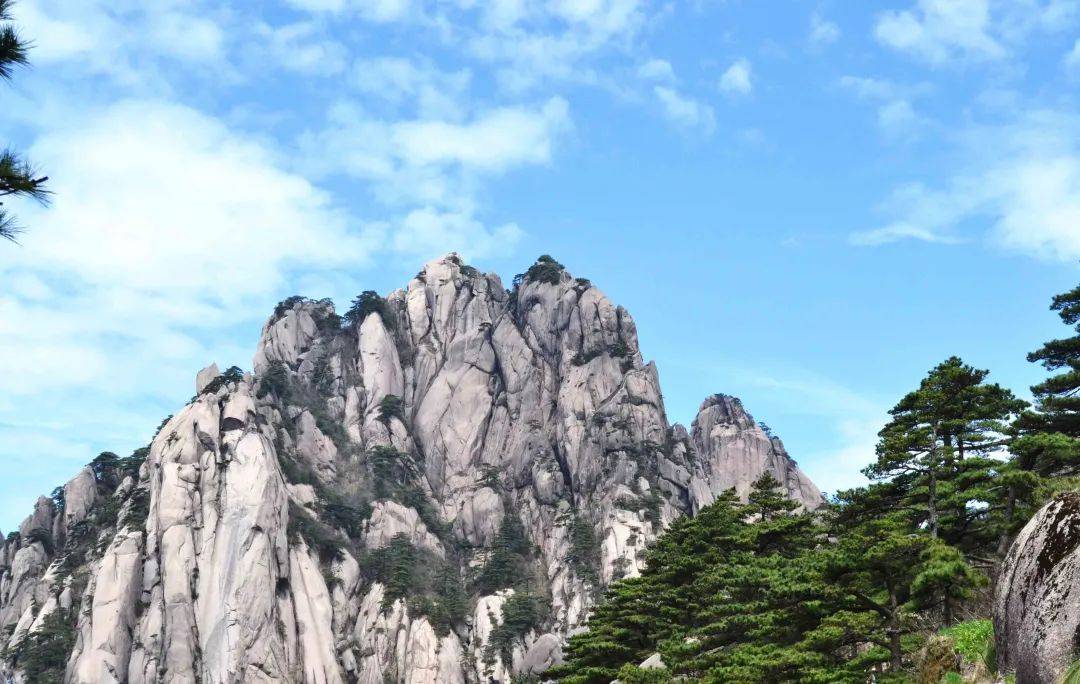
The connotation of Huashan:
Huashan, as one of the Five Great Mountains, not only has magnificent natural scenery, but also carries a profound cultural heritage.
Not only thatMount Hua, a majestic mountain steeped in history and culture, is not only a testament to the deep foundation and continuous spirit of Taoist belief but also a gathering place for literati and poets who have come here to find inspiration and create many excellent literary works. With over 1,200 poems, songs, and writings by notable figures such as Li Bai, Du Fu, Han Yu, and Kou Zhun, Mount Hua’s cultural heritage is indeed precious, reflecting both the awe for nature and love for life that ancient people held.
Emperors such as Qin Shi Huang, Emperor Wu of Han, and Emperor Taizong of Tang have left their mark on Mount Hua, contributing to its wealth of historical stories and mythological legends. Tales like ‘Chen Xiang Splits the Mountain to Save His Mother’ and ‘Playing the Flute to Attract the Phoenix’ add a touch of mystery, while the ‘Mount Hua Sword Debate’ described by Jin Yong has made the mountain a symbol of martial arts culture, known worldwide.
The cultural heritage of Mount Hua is profound and unique, integrating Taoist culture, literary art, and mythological legends to showcase the charm and essence of Chinese traditional culture. This mountain is more than a place of natural scenery; it is an important site for exploring history, feeling culture, and comprehending life.
For visitors, Mount Hua offers a rich and diverse tourism experience. Hiking or taking a cable car sightseeing allows one to deeply feel the danger and grandeur of the mountain. Hiking is the best way to experience the danger firsthand, while cable car sightseeing offers a more relaxed and comfortable way to travel, overlooking the magnificent scenery from above.
The main attractions of Mount Hua include climbing routes in the east, south, west, and north directions, each with its unique scenery and challenges. The east line, the most famous, offers views of Mei Xi, Fei Lai Shi, and Shennv Peak. The south line is the steepest and most challenging, with Qian Chi Fang and Shi Ba Pan providing shocking scenery. The west line is relatively flat and suitable for beginners, with attractions such as Jin Suo Guan and Bai Chi Gorge. The north line is quiet and suitable for those seeking tranquility, with attractions like Luo Han Hall and Taiping Cave.
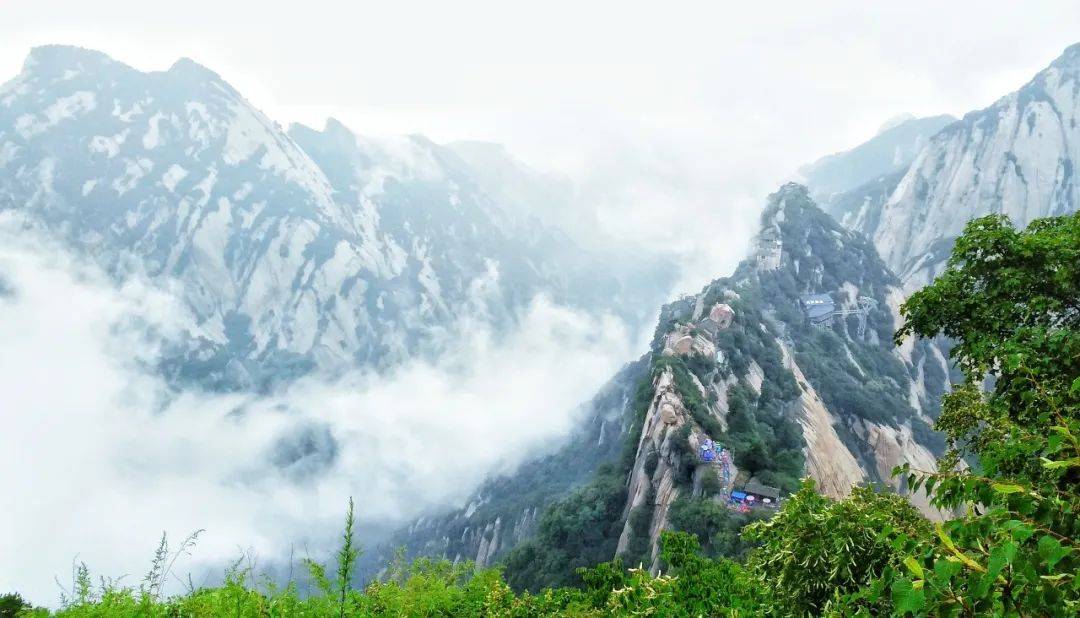
Mount Hua’s West Peak, the site of ‘Chen Xiang Saves His Mother,’ features many steep cliffs and famous stone carvings. The Changkong Plank Road is the most dangerous road in Mount Hua, with an iron rope hanging horizontally, offering a thrilling experience of the mountain’s dangerous beauty.
Ticket prices for Mount Hua are generally around 180 yuan, with student discounts available. The mountain is open from 7 AM to 7 PM, but it is recommended to arrive an hour earlier to prepare and climb. From Xi’an, visitors can take an airport bus or taxi to Huayin City and then a tourist bus or train to Mount Hua. A service hotline in the scenic area is available for consultation and assistance.
Mount Hua is rich with mythological stories and martial arts legends, adding a strong mysterious color and romantic atmosphere to the experience. Visitors can enjoy the scenery while listening to these stories, feeling the unique charm of Mount Hua.
In summary, Mount Hua is a mountain full of charm, offering unique natural scenery, profound cultural heritage, and endless exploration and challenges. Whether you are a mountaineering enthusiast, cultural scholar, or ordinary tourist, you can find your own fun and harvest in Mount Hua. The journey to Mount Hua is not only a physical exercise but also a baptism and sublimation of the soul. Embark on this journey to feel the magic charm of nature and appreciate the profound and extensive Chinese culture.
Return to Sohu
to see more.


